The vast expanse of Eastern Europe is not just a land of enchanting landscapes and diverse cultures. It is a canvas painted with the stories of ancient kingdoms that once dominated the region. These forgotten civilizations laid the groundwork for many modern European societies and left behind a legacy that continues to intrigue historians and enthusiasts alike. As we delve deeper into the heart of Eastern Europe, we uncover the tales of these powerful and mysterious kingdoms.
The Kingdom of Dacia: Guardians of the Carpathians
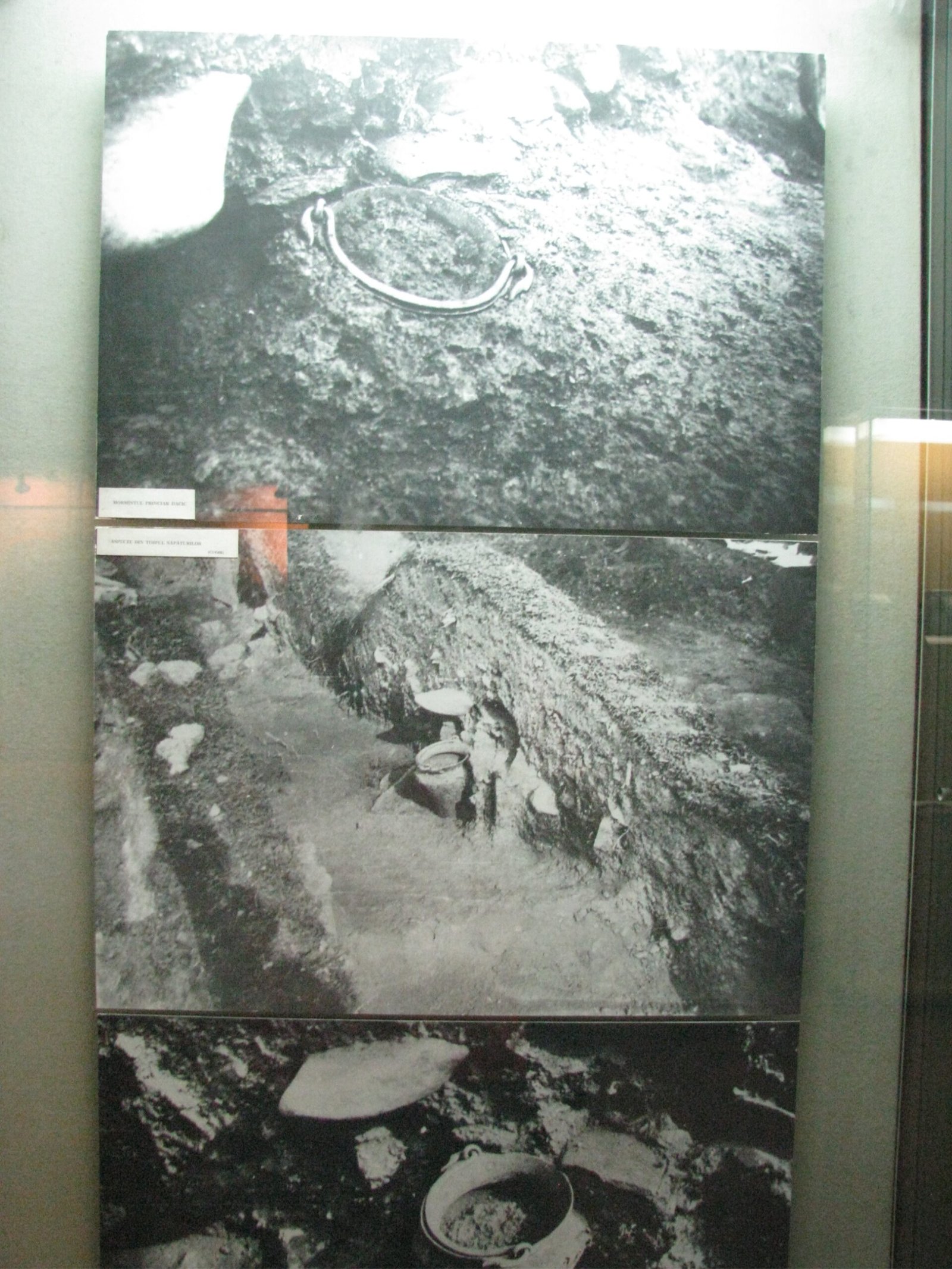
Nestled amidst the rugged Carpathian Mountains, the Kingdom of Dacia was a formidable force in ancient Eastern Europe. Known for their fierce warriors and advanced metallurgical skills, the Dacians were a society that thrived on resilience and innovation. Their ability to craft weapons and tools from iron and silver gave them an edge over their adversaries. The Dacian kings, often depicted with long beards and flowing robes, were revered not just for their military prowess but also for their wisdom. Their encounters with the Roman Empire are legendary, culminating in the Dacian Wars that left an indelible mark on history. The ruins of their fortresses, such as Sarmizegetusa Regia, stand as silent witnesses to a once-mighty kingdom.
The Thracian Enigma: Masters of Art and Warfare
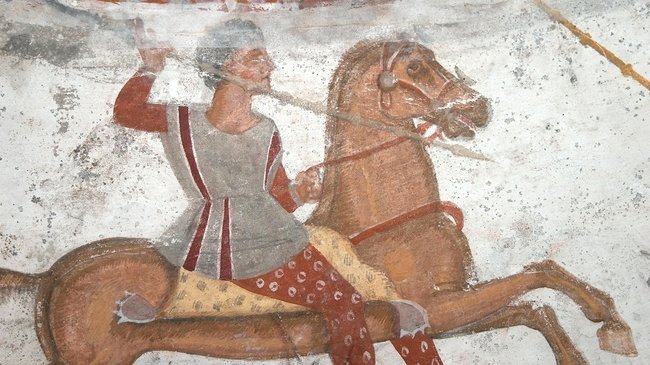
To the south of Dacia lay the enigmatic Thracians, a civilization shrouded in mystery and splendor. Renowned for their artistry, the Thracians excelled in crafting intricate gold and silver jewelry, which was admired and coveted by neighboring cultures. They were also fierce warriors, often depicted in ancient Greek art as formidable opponents. The Thracian society was a tapestry of tribes, each with its unique customs and traditions. Their religious practices, centered around the worship of deities like Sabazios and Bendis, were deeply intertwined with nature. Despite their cultural richness, much about the Thracians remains unknown, making them one of the most intriguing civilizations of Eastern Europe.
The Sarmatians: Nomadic Horse Lords

Roaming the vast steppes of Eastern Europe were the Sarmatians, a nomadic people known for their exceptional horsemanship and warrior culture. Their society was matriarchal, with women often taking on roles as warriors and leaders. This unique aspect of Sarmatian culture set them apart from many ancient civilizations. Their influence extended far and wide, as they engaged in trade and warfare with neighboring tribes and empires. The Sarmatians’ legacy can still be seen in the rich tapestry of folklore and traditions in Eastern Europe. Their burial mounds, scattered across the steppes, are a testament to their once-great presence in the region.
The Scythians: Pioneers of the Steppe
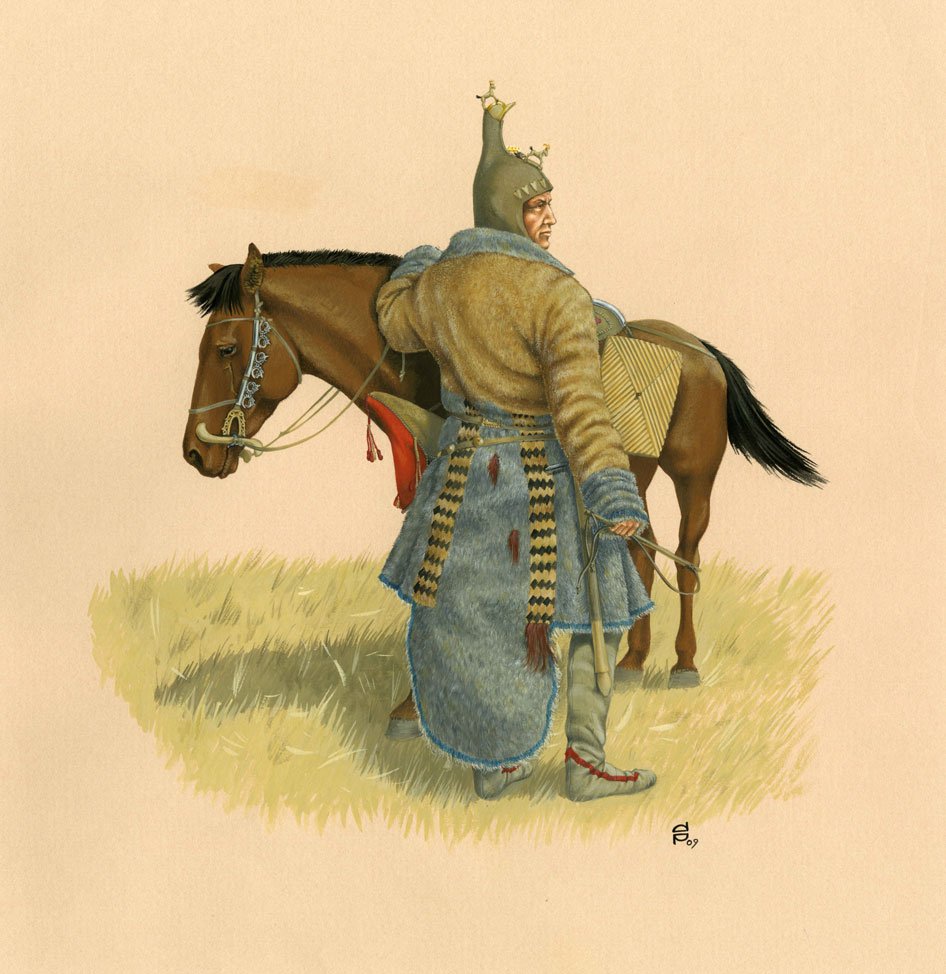
Before the Sarmatians, the Scythians reigned supreme over the Eurasian steppes. These skilled horsemen and archers were known for their nomadic lifestyle and intricate artwork. The Scythians were adept at creating ornate gold jewelry and weaponry, which showcased their artistic talents and wealth. Their society was hierarchical, with powerful chieftains leading their tribes. The Scythians’ influence spread across a vast territory, from the Black Sea to the borders of China. Their interactions with the Greeks, Persians, and other ancient civilizations left a lasting impact on the cultural landscape of Eastern Europe.
The Huns: Fearsome Conquerors
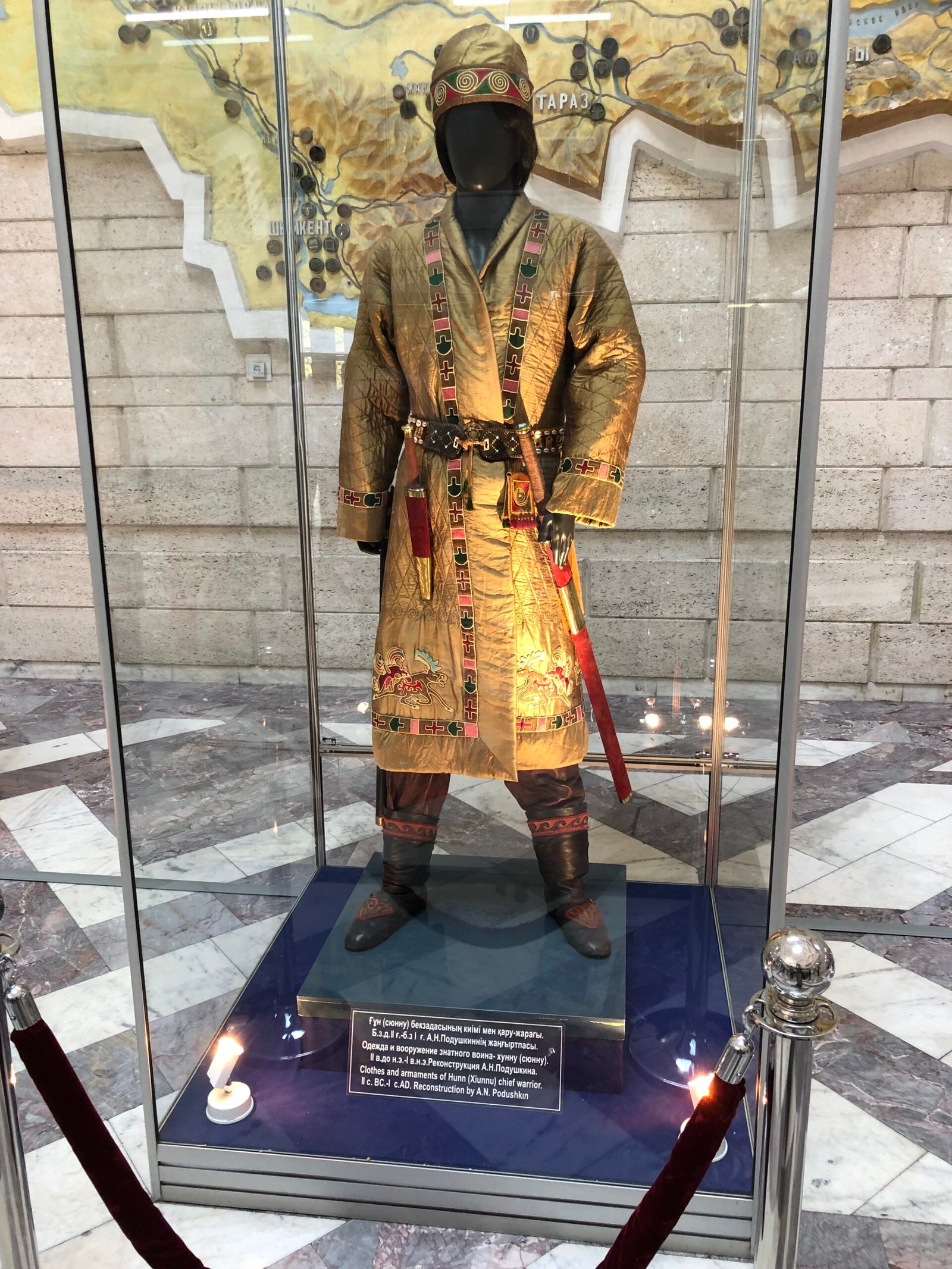
The Huns, a confederation of nomadic tribes, struck fear into the hearts of ancient European civilizations. Led by the infamous Attila, they swept across Eastern Europe, leaving destruction in their wake. The Huns were master horsemen and archers, known for their swift and brutal tactics in battle. Their conquests reshaped the political landscape of Europe, leading to the decline of the Western Roman Empire. Despite their fearsome reputation, the Huns were also skilled diplomats, forging alliances and treaties with various tribes. Their legacy is a testament to the power and influence of nomadic cultures in shaping the history of Europe.
The Avars: Architects of Influence
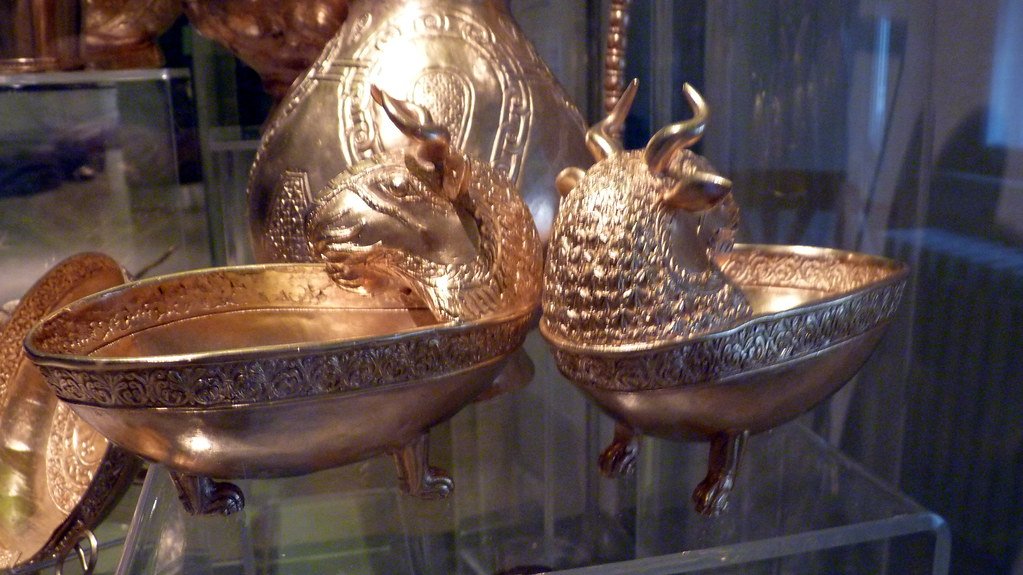
The Avars were a powerful confederation of tribes that established a vast empire in Eastern Europe during the early medieval period. Known for their military prowess and strategic acumen, the Avars played a crucial role in the region’s history. Their empire stretched from the Danube River to the Carpathian Basin, encompassing a diverse range of cultures and peoples. The Avars were skilled horsemen and engineers, constructing impressive fortifications and settlements. Their influence on the Slavic and Germanic tribes is still evident in the cultural and linguistic landscape of Eastern Europe today.
The Bulgars: Founders of a Nation

The Bulgars, a Turkic tribe, migrated to Eastern Europe in the early medieval period, where they established the First Bulgarian Empire. Known for their military strength and strategic alliances, the Bulgars played a significant role in shaping the history of the Balkans. Their empire was a melting pot of cultures, blending Slavic, Byzantine, and Turkic influences. The Bulgars were skilled administrators and builders, leaving behind a rich architectural and cultural legacy. Their adoption of Christianity in the 9th century marked a turning point in their history, paving the way for the development of a distinct Bulgarian identity.
The Croats: Guardians of the Adriatic
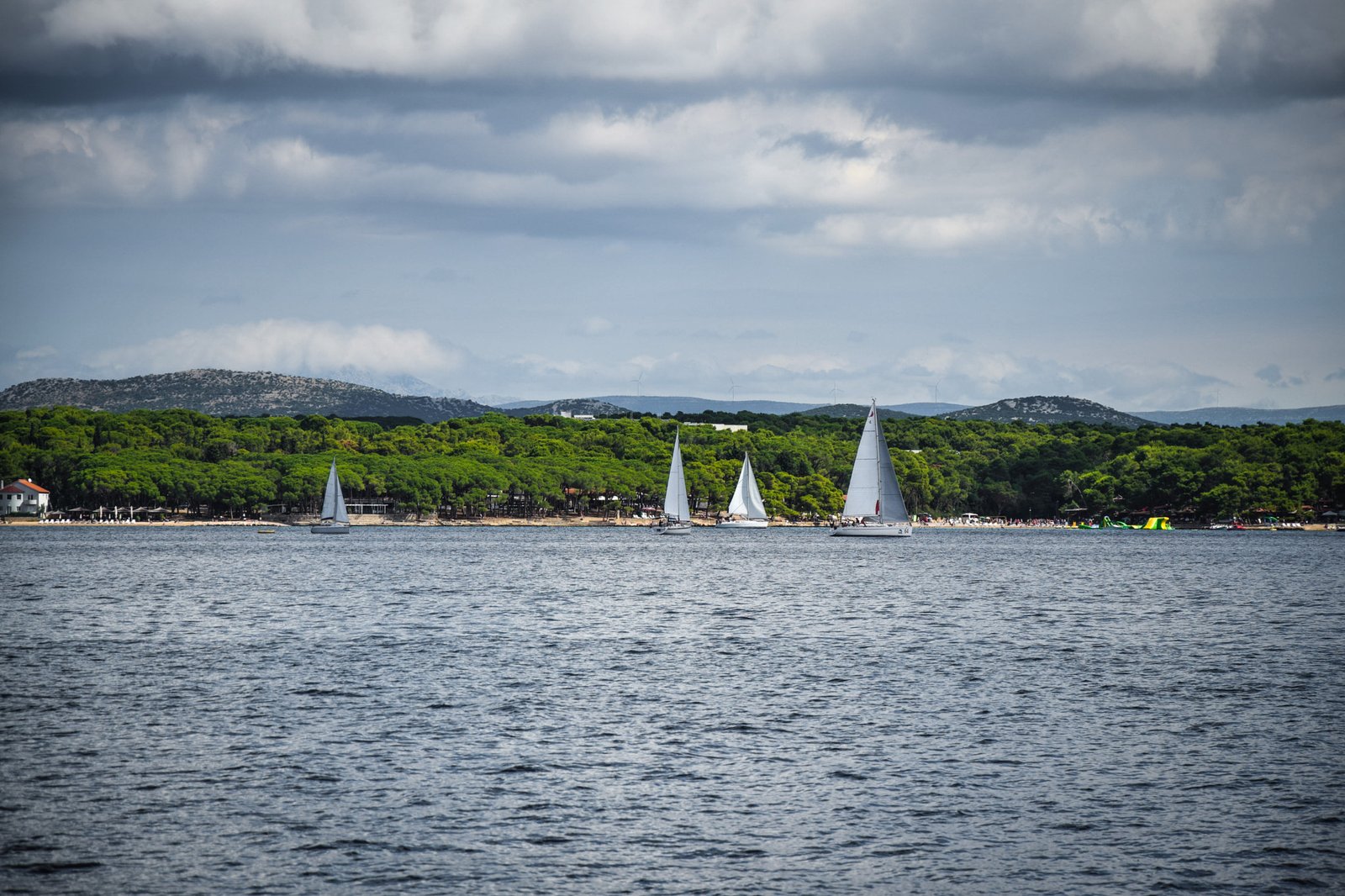
The Croats, a Slavic people, settled in the region of modern-day Croatia during the early medieval period. Known for their maritime skills and strategic location along the Adriatic Sea, the Croats played a pivotal role in the region’s history. Their kingdom was a hub of commerce and culture, attracting traders and travelers from across Europe. The Croats were also skilled diplomats, forging alliances with neighboring powers to maintain their independence. Their rich cultural heritage, including the iconic Glagolitic script, continues to be celebrated in Croatia today.
The Great Moravian Empire: A Cultural Nexus
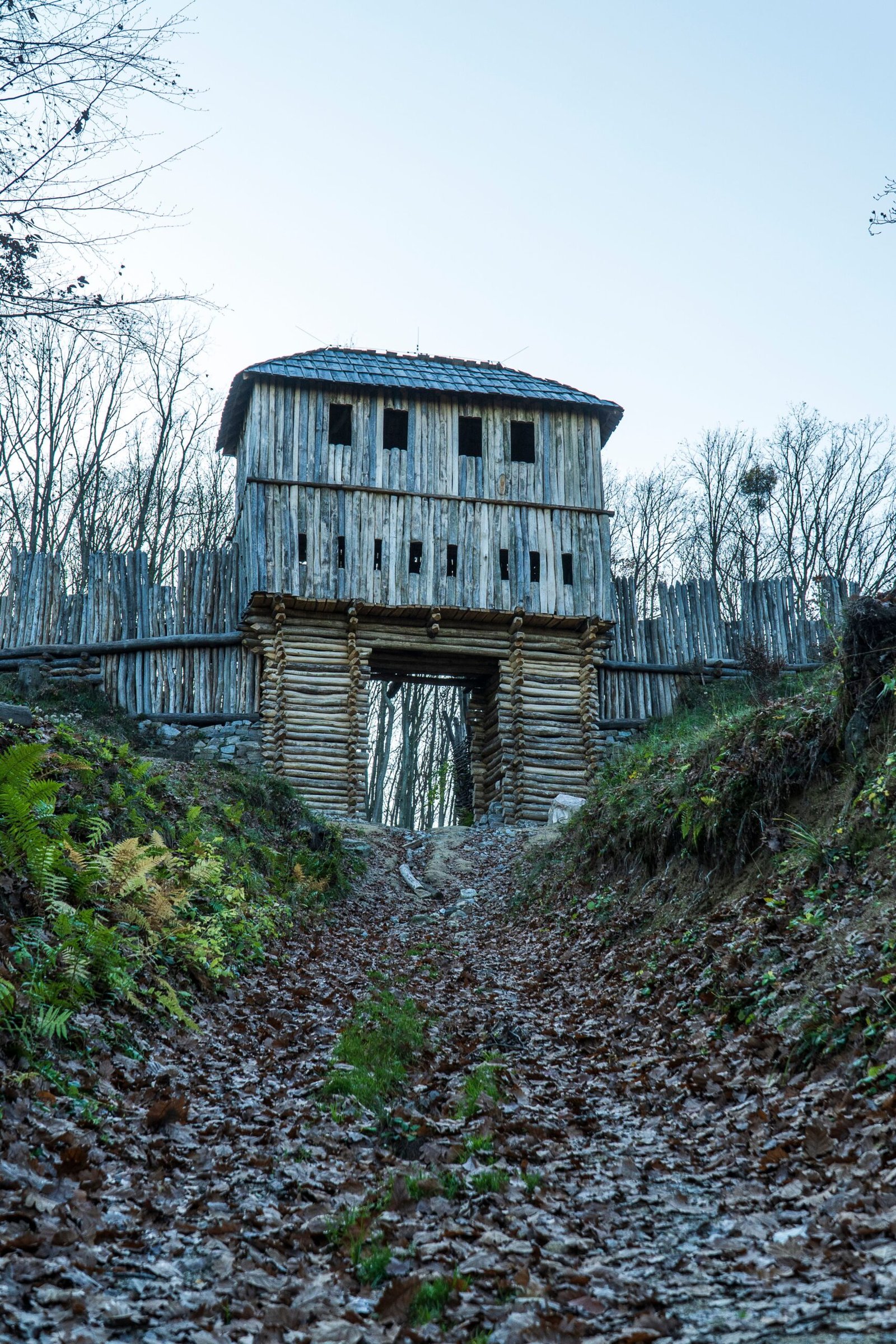
The Great Moravian Empire emerged in the 9th century as a powerful Slavic state in Central Europe. Known for its cultural and religious influence, the empire played a crucial role in the Christianization of the Slavic peoples. The Great Moravian rulers, such as Prince Rastislav, were visionaries who sought to unify the diverse Slavic tribes under a single banner. Their efforts to promote Christianity and the development of the Slavic alphabet laid the foundation for the cultural and linguistic identity of the Slavic nations. The Great Moravian Empire’s legacy is still felt today, as it paved the way for the rise of the Czech and Slovak nations.
The Rus’ Khaganate: Viking Ventures in the East
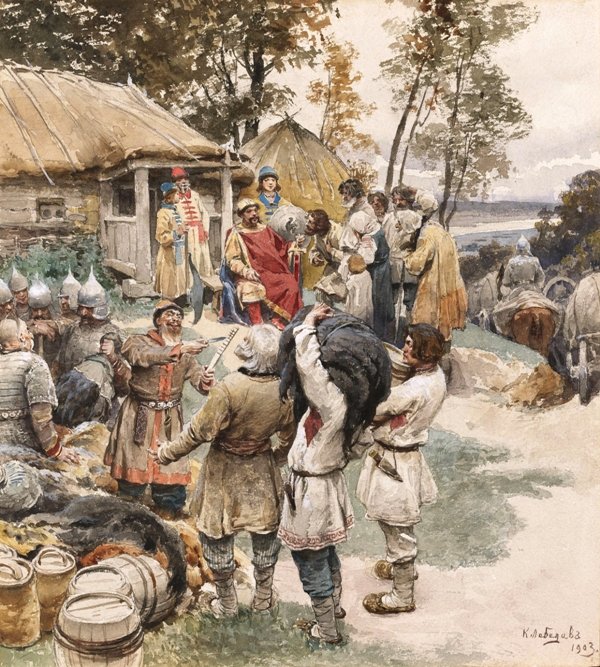
The Rus’ Khaganate was a unique blend of Viking and Slavic cultures that emerged in Eastern Europe during the early medieval period. Established by Norse traders and warriors, the Khaganate thrived on commerce and exploration. The Rus’ were known for their navigational skills, traveling along the extensive river networks of Eastern Europe to trade with the Byzantine Empire and the Islamic world. Their interactions with the Slavic tribes led to the formation of a distinct Rus’ identity, which laid the groundwork for the development of the Kievan Rus’ state. The Rus’ Khaganate’s legacy is a testament to the dynamic interplay of cultures that shaped the history of Eastern Europe.
The tales of these forgotten kingdoms of Eastern Europe offer a glimpse into the rich tapestry of the continent’s history. These ancient civilizations, with their unique cultures and innovations, have left an indelible mark on the world. Through their stories, we are reminded of the enduring power of human ingenuity and resilience in shaping the course of history.




